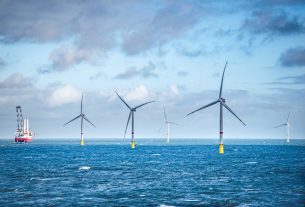Denmark/Germany – The future of green hydrogen generation and consumption in Germany and Denmark is revealed in a recent report from Energinet and Gasunie, which places special emphasis on the contribution of cross-border infrastructure to the European energy transformation.
According to the joint declaration that the governments of Denmark and Germany signed on March 24th, Energinet and Gasunie are working together to build a transnational pipeline connection by the end of 2028. The conclusions highlight the compatibility between Germany’s growing need for green hydrogen and Denmark’s large-scale green hydrogen production.
Hydrogen import and export
According to national scenarios, Denmark is getting ready to become a big net exporter of green hydrogen, with exports projected to rise from 15 TWh in 2030 to 79 TWh in 2050, or even up to almost 100 TWh in some European scenarios.
On the other hand, it is anticipated that Germany would become a net importer of low-carbon hydrogen, with demand expected to increase from 93 TWh in 2030 to more than 500 TWh in 2050. A sizable percentage of green hydrogen will be imported via onshore pipeline connections to satisfy these demands.
However, there are obstacles to overcome and support is needed from lawmakers in both nations as well as from all parties involved, including network users, local and national agencies, and communities. Before the end of 2023, a process will be started to gather legally enforceable agreements for the use of the transportation infrastructure between Germany and Denmark.




